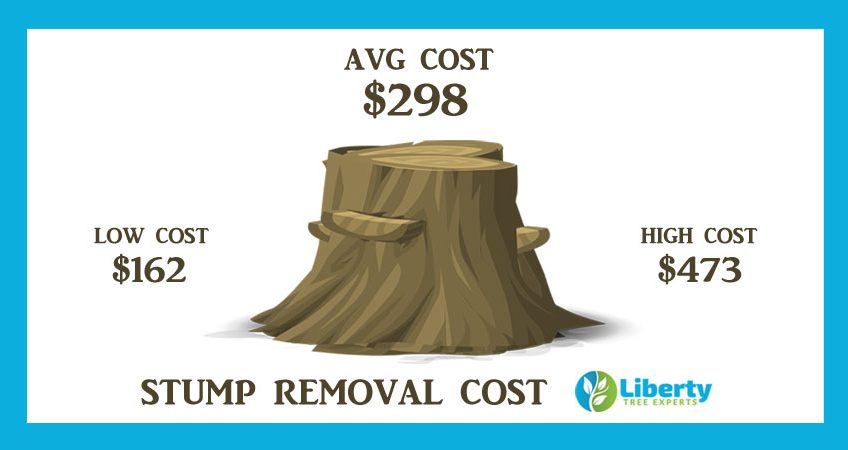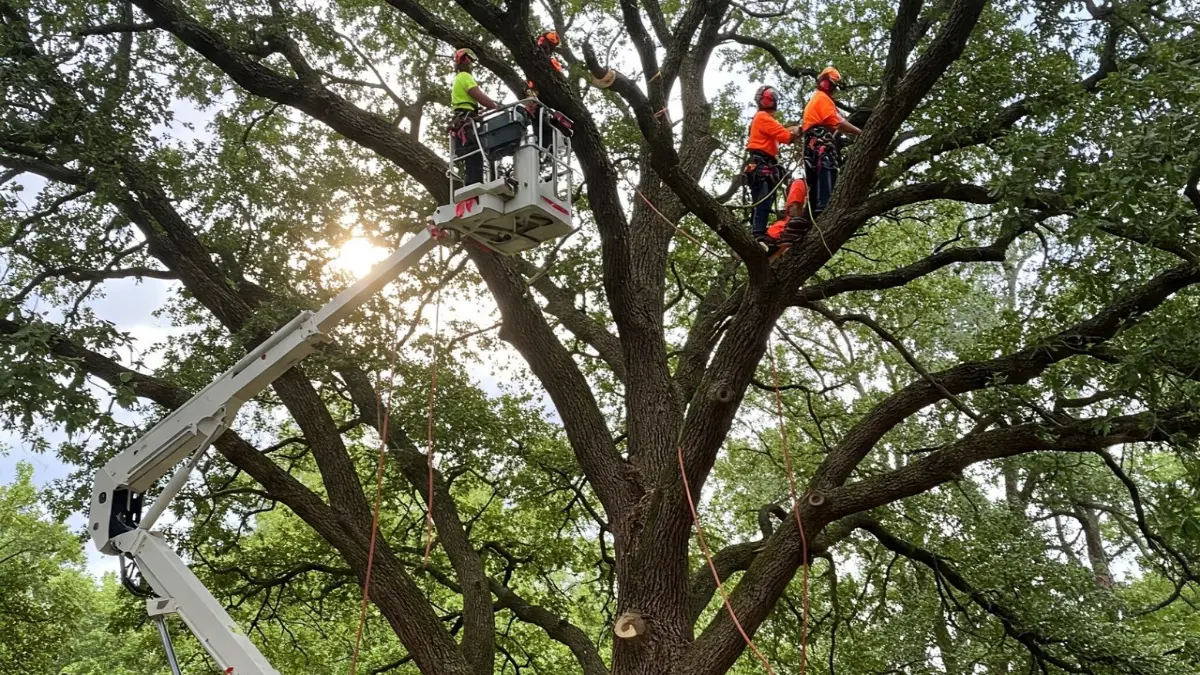Featured
Table of Contents
- – Worth, IL Stump Grinding Package Prices
- – Comparing Worth, IL Tree Clearing: Prices
- – Worth, IL Stump Removal Cost Breakdown 2025
- – Worth, IL: Standard Tree Cutting Prices
- – Negotiating Tree Clearing Rates In Worth, IL
- – Best Tree Clearing Costs In Worth, IL
- – Fair Stump Grinding Costs In Worth, IL
- – DIY Vs. Professional: Stump Grinding In Wort...
- – Worth, IL Tree Trimming Price Variables
- – Worth, IL Tree Trimming Cost FAQ
- – How To Budget For An Tree Service In Worth, IL
- – Accessible Tree Clearing Costs In Worth, IL
- – Top-Rated Tree Service In Worth, IL: Pricing
- – Worth, IL Tree Removal Pricing Tiers
- – Worth, IL Stump Removal Quote Comparison Tool

The subsections listed below provide more in-depth info about rates, consisting of an average range for each. TypeAverage Removal CostPineConiferPalmMagnoliaArborvitaeAshCedarSweet GumEucalyptusSycamoreCypressOakMaplePoplar You can expect to pay between to remove a pine, depending on its size. Removing a pine is one of the more economical tasks unless it is one that has actually been around for many years and is rather big.
Worth, IL Stump Grinding Package Prices
Pines likewise have a tap root that grows deep into the soil, which can prove to be harder to remove. The procedure itself includes a specialist cutting the tree, clearing the base, cutting the surface area roots, getting rid of the stump, and finally dealing with the soil. Without a professional hand, you run the risk of leaving pine seedlings behind, which will fall from the roots of distressed pines.
Comparing Worth, IL Tree Clearing: Prices
The U.S. nationwide average for conifer elimination is around to have the conifer reduced, transported away, and the stump ground or eliminated entirely. Conifers are usually easier to get rid of, and although they can grow quite high, they do not cost a fortune to remove. Conifers include pine, spruce, fir, and juniper trees.
Worth, IL Stump Removal Cost Breakdown 2025
While conifers are lovely, they eliminate native plants and certain types of lawn (arborist). The average price of palm removal depends on the height as much as the type, varying from.
Worth, IL: Standard Tree Cutting Prices
That is why it is necessary to know which type you are eliminating. While you do not require an herbicide to eliminate a palm tree, there are some steps your removal specialist will need to take to ensure the job is done properly. There are 2 methods they can eliminate them: by chopping them down or digging them up.
Negotiating Tree Clearing Rates In Worth, IL
This is because little animals like rats and scorpions typically live in them. Plus, many types will have spikes, too. From there, they get rid of the actual tree and then the stump. Anticipate to pay between to remove this kind of tree, depending upon the exact size and details of the task.
Best Tree Clearing Costs In Worth, IL
There are three types: green, white, and black ash. White ash is understood for its lots of colors. With its gray-tinged bark, its leaves are green or purple in the spring and golden yellow or purplish-red in the fall. They take pleasure in moderate environments and lots of sun. The green ash is called such due to its green or yellow foliage.
Fair Stump Grinding Costs In Worth, IL

Due to the variation in height, the removal cost variation is large from. A coniferous, evergreen tree, the cedar is a hardy types.
DIY Vs. Professional: Stump Grinding In Worth, IL
The growth of incorrect cedars varies from 50 feet up to 230 feet high. With star-shaped leaves and stunning fall colors, the sweet gum is considered a medium to large tree.
Worth, IL Tree Trimming Price Variables
It has a big root base of 40 to 50 feet, which affects the elimination expense. Generally, it costs between to remove a eucalyptus. Eucalyptus are not typical all over, however they are quite big compared to others, which is why even the smaller sized ones are so costly to get rid of. Originally from Australia, eucalyptus are intrusive plants that grow in thick groves that take out native plants.
Worth, IL Tree Trimming Cost FAQ
There are a handful of ways to do this, including burning, pulling, grinding, or eliminating them with herbicide. Anticipate to pay between to get rid of sycamores, based upon the height, trunk size, and quantity of work included. Sycamores are one of the biggest wood trees, usually varying from 60 to 100 feet high and as large as 15 feet.
How To Budget For An Tree Service In Worth, IL
The very first 2 steps will expose the insides of the tree and cut off the flow of nutrients up the trunk. From there, an expert applies herbicide to kill the tree and cuts down the trunk.
Accessible Tree Clearing Costs In Worth, IL
There are lots of various kinds of Cypress trees, however the most widespread are the Leyland, Arizona, Bald, and Italian. The Bald Cypress grows in swampy or very damp locations while the others delight in a dry, warm, or hot environment (tree trimming). They can grow as tall as 80 to 100 feet tall
Top-Rated Tree Service In Worth, IL: Pricing

Prone to diseases, the Cypress is one of the most treasured woods for furniture. The average oak grows to around 60 feet, and depending upon the intricacy of the removal, it costs an average of to get rid of. The precise size of your oak and the effort needed to fell it affect what you will in fact spend for elimination along with any additional services like stump grinding.
Worth, IL Tree Removal Pricing Tiers
Access to the trees and the roots will likewise impact the general expense. Maples can quickly grow up to 100 feet or more and generally expense between to eliminate from your residential or commercial property. The final price depends upon the real height and complexity of the task. Maples are generally among the more costly trees to get rid of due to the fact that of their size and the work included in the removal.
Worth, IL Stump Removal Quote Comparison Tool
Poplars are giants of the species. Growing as high as 90 to 115 feet, these massive timbers are primarily found in The United States and Canada and consist of the aspen, cottonwood, and balsam trees. Boasting an extensive root system, poplars can be expensive to remove when completely grown. The process to eliminate trees involves all the trimming and cutting of the branches and trunk, bringing it down to a stump.
Table of Contents
- – Worth, IL Stump Grinding Package Prices
- – Comparing Worth, IL Tree Clearing: Prices
- – Worth, IL Stump Removal Cost Breakdown 2025
- – Worth, IL: Standard Tree Cutting Prices
- – Negotiating Tree Clearing Rates In Worth, IL
- – Best Tree Clearing Costs In Worth, IL
- – Fair Stump Grinding Costs In Worth, IL
- – DIY Vs. Professional: Stump Grinding In Wort...
- – Worth, IL Tree Trimming Price Variables
- – Worth, IL Tree Trimming Cost FAQ
- – How To Budget For An Tree Service In Worth, IL
- – Accessible Tree Clearing Costs In Worth, IL
- – Top-Rated Tree Service In Worth, IL: Pricing
- – Worth, IL Tree Removal Pricing Tiers
- – Worth, IL Stump Removal Quote Comparison Tool
Latest Posts
Lynnwood, WA Stump Grinding Cost Factors
Webster, TX Tree Clearing Payment Terms
Killeen, TX Stump Removal Customer Reviews: Costs
More
Latest Posts
Lynnwood, WA Stump Grinding Cost Factors
Webster, TX Tree Clearing Payment Terms
Killeen, TX Stump Removal Customer Reviews: Costs